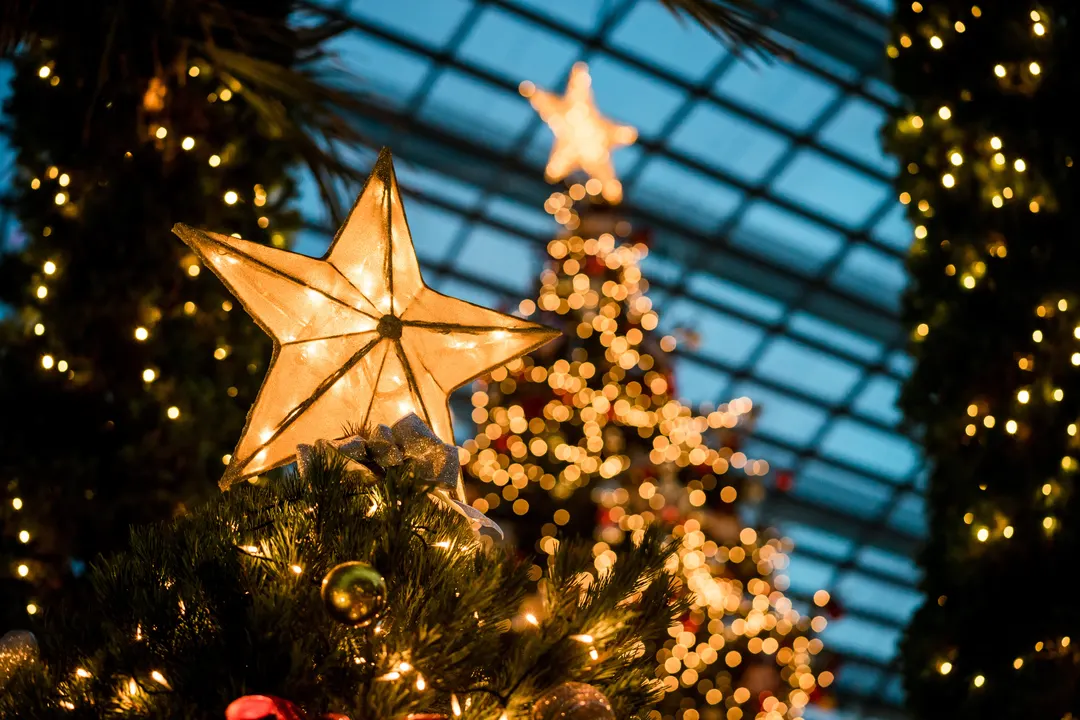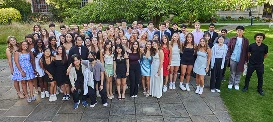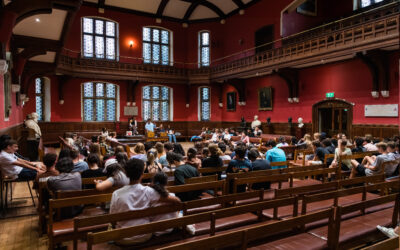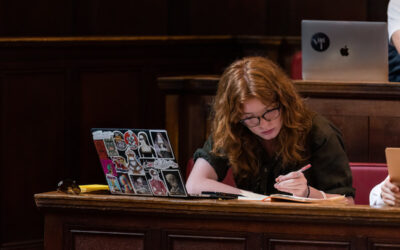As winter descends upon the city of Oxford, local festivities begin to transform the cobbled streets and ancient spires with plenty of Christmas cheer!
Celebrations are in full swing across the city, as Santa’s Grotto sprouts up in the Westgate Shopping Centre, Robin Hood takes centre stage at the Oxford Playhouse, and the annual Christmas Market makes an appearance on Broad Street.
Oxford’s rich history has shaped festivities in the city for over a thousand years. Join us on a journey through medieval feasts, Victorian traditions, and the unique cultural celebrations that have come together to create the Yuletide spirit of Oxford!
How Did Christmas Begin?
Let’s start at the very beginning – a very good place to start! The origins of Christmas can be traced all the way back to ancient pagan traditions…
Christmas’ pagan roots
The ancient Romans, Celts and Norse celebrated the winter solstice with fervent festivals. These celebrations marked the triumph of light over darkness, ushering in hope during the year’s darkest days. They often incorporated evergreen plants into their festivities, like holly and mistletoe, symbolising life’s continuity even in winter’s harsh grip.
For the ancient Romans, the festival of Saturnalia involved lavish feasts and gift-giving, while the Celts observed Yule, a time of honouring the oak tree and its enduring strength. Meanwhile, the Norse commemorated the winter solstice with the wild and spirited Yule feast – complete with the Yule log that burned throughout the night!
These ancient pagan celebrations, of feasts and lights, laid the foundation for the Christmas traditions we celebrate today.
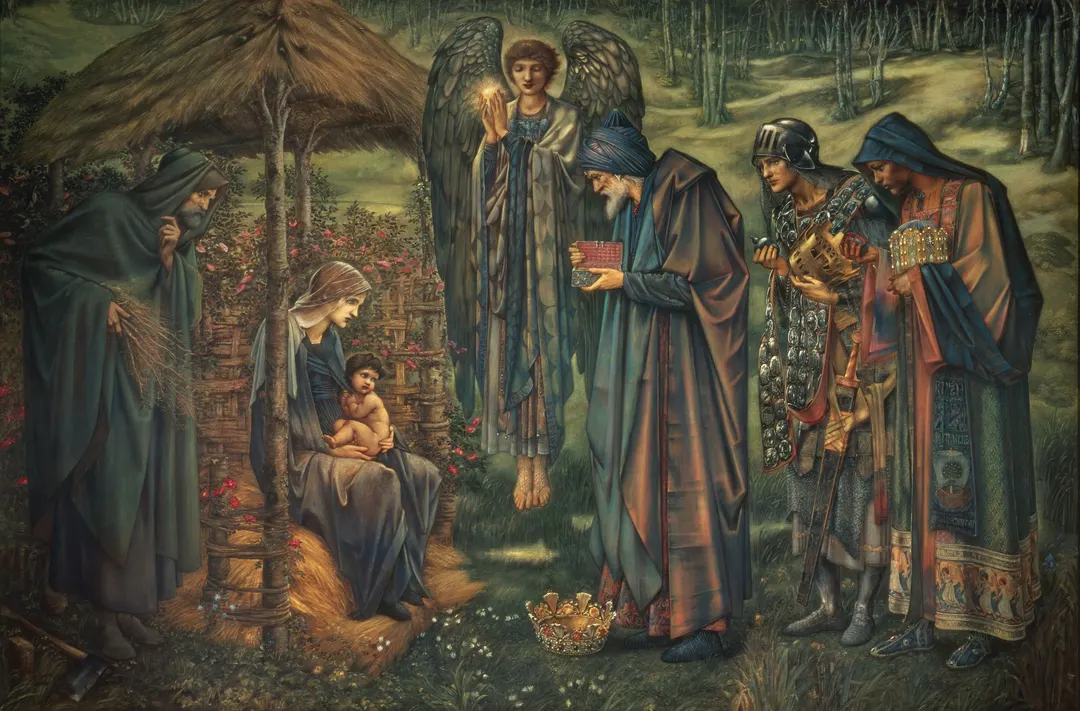
Christian adaptation and the birth of Jesus
Our modern understanding of Christmas as a Christian celebration began when the early Christian Church adapted these existing traditions to align with the Christian narrative.
Recognising the enthusiasm for midwinter celebrations, the Church sought to channel the festivities into a Christian focus. The biblical narrative of the birth of Jesus became a key part of this reinterpretation.
Over time, the 25th of December was established as the official date for Christmas, coinciding with the existing Roman festival of Sol Invictus. By combining the traditions of the past with new Christian teachings, the Church created a unified celebration that persisted through the ages.
An Oxford Christmas Chronicle
Now that we understand the origins of Christmas, let’s start our journey through Oxford’s unique Christmas traditions!
Oxford’s medieval Christmas
Throughout the Middle Ages, the University of Oxford played an important role in organising grand feasts that brought scholars and townsfolk together in a communal celebration of Christmas.
Carol singing and processions held a special place in Oxford’s medieval festive celebrations, resonating through the stone streets and courtyards. Scholars and clergymen also came along, adding an air of intellectual and spiritual significance to the occasion.
Oxford’s medieval Christmas customs were a unique blend of academic prestige and communal merriment!
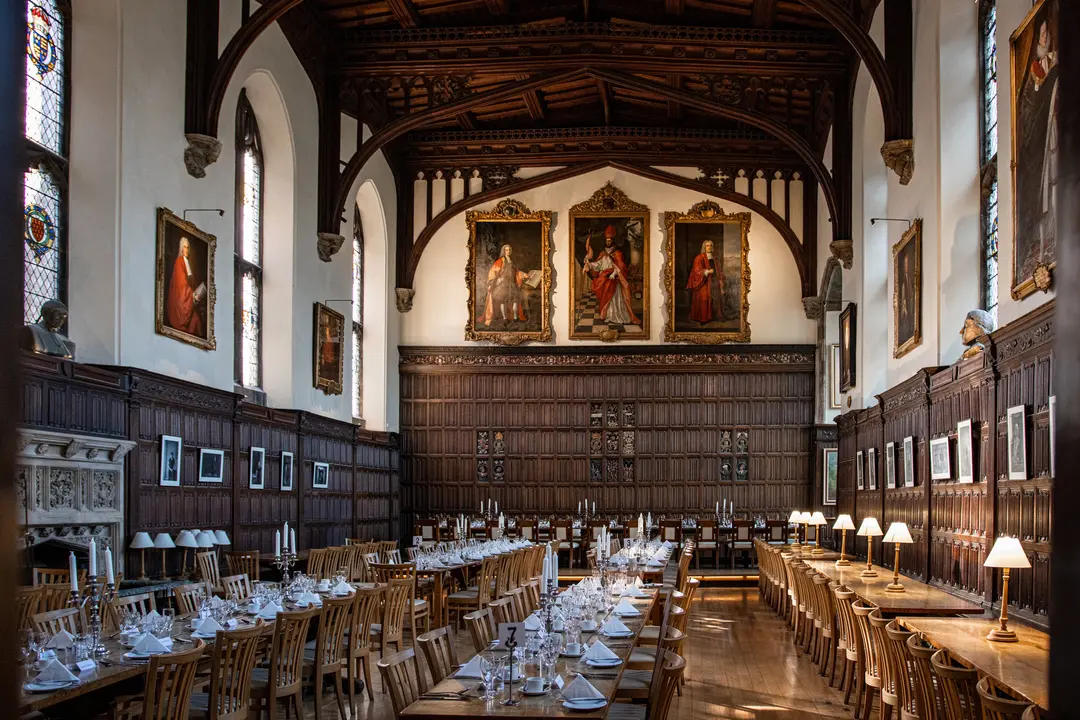
A Renaissance Yuletide
The Renaissance, a period of cultural rebirth in Europe between the 14th and 17th centuries, significantly impacted the resurgence of traditional Christmas plays – particularly in Oxford.
With the Renaissance came a renewed interest in Graeco-Roman literature and art. In Oxford, known for its university’s scholarly pursuits, this cultural revival manifested in the reimagining of Christmas plays.
However, this was later tempered by Oliver Cromwell during the mid-17th century. In his quest for a more austere and religiously-focused society, the Puritan leader sought to suppress Christmas festivities. Cromwell’s influence led to a temporary decline in Christmas traditions, including the performance of classical plays.
A Dickensian Christmas in Oxford
From the early 19th century to the beginning of the 20th century, the Victorian era left an indelible mark on Oxford’s Christmas traditions, transforming celebrations into the festive season we recognise today.
Perhaps the most notable change was the popularisation of the good old Christmas tree! Queen Victoria’s husband, Prince Albert, introduced the Christmas tree to the royal household, and its presence soon became a familiar symbol of Christmas. This tradition quickly spread throughout Britain.
Elaborate decorations were also important to the quintessential Victorian Christmas. Homes were adorned in lavish ornaments, candles and festive greenery to celebrate the holidays.
Charles Dickens’ timeless novella, A Christmas Carol, heavily influenced the sentimental elements of a modern British Christmas. The story’s emphasis on generosity, redemption, and the spirit of goodwill resonated with Victorian values, and contributed to Christmas being deemed a time for family and charity.
Dickens had a notable connection to Oxford, performing readings of his works at the Sheldonian Theatre. His influence on literature and Christmas traditions at the time echoes the festive spirit of Oxford during the Victorian era.

20th-century Christmas traditions
Oxford’s Christmas customs during the 20th century were a blend of tradition and resilience in the face of adversity during World War I and II. The impact on Christmas celebrations in Oxford was profound as the community faced disruption. However, Oxford continued to uphold cherished Christmas traditions to boost morale – albeit with modifications!
The Oxford Carol Service at Christ Church Cathedral symbolised hope and unity at the time. During World War II, blackout restrictions influenced how decorations were displayed, with subdued lighting replacing the usual festive illuminations. However, despite the challenges, the community managed to maintain a sense of camaraderie and resilience.
The 20th century also saw the birth of the Christmas Eve ceremony, where students gathered for a candlelit procession through the city, making a collective effort to foster a sense of togetherness during difficult times.
A modern Oxford Christmas
In modern-day Oxford, the city’s historic charm and vibrant spirit has allowed Christmas traditions to flourish!
The annual carol services remain cherished events that unite residents, students and visitors celebrating the festive season. The city’s festive markets, featuring local crafts, seasonal treats, and holiday decorations, add a lively atmosphere to the streets and community.
Oxford University continues to play an essential role in shaping the Christmas traditions in the city. The university’s choir performances, often held in beautiful venues like the Sheldonian Theatre, enhance the musical and cultural festivities of the season, while the assortment of Christmas events, lectures and exhibitions contribute to the festive ambience.

By Charlotte Rice
Charlotte has recently graduated from Oxford Brookes University with a BA Hons in Media, Journalism and Publishing. She particularly liked the variety of her course and the confidence it has given her to pursue a career in media and marketing. Music, film and Greek mythology are her passions, and she loved having her own weekly show – RiceTime! – on Brookes Radio. Charlotte worked as an Activities Coordinator for our summer school in 2023.

